Dossier
The true History of Blue Jeans
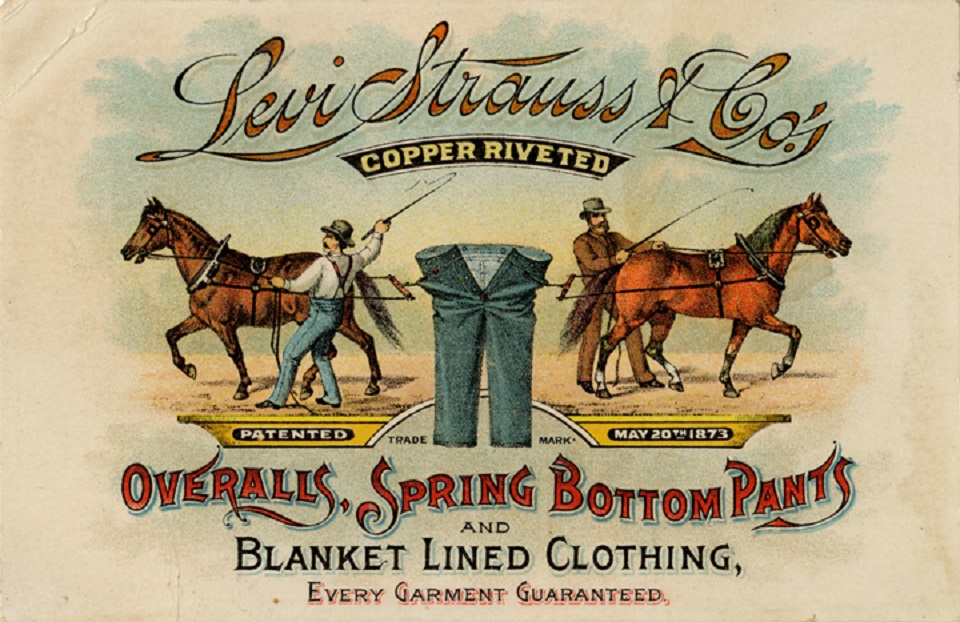
The Origin of the Blue Jeans: A Journey through Time
Today, blue jeans are a transversal garment, a true must-have for every wardrobe, regardless of profession or social class (they cleared customs many years ago, even among the so-called VIPs thanks to “his excellency”, the well-known lawyer, Gianni Agnelli). Jeans are an icon of style and comfort, worn on all occasions. Their evolution is intertwined and almost identified with that of America.
But what is the true history of blue jeans?
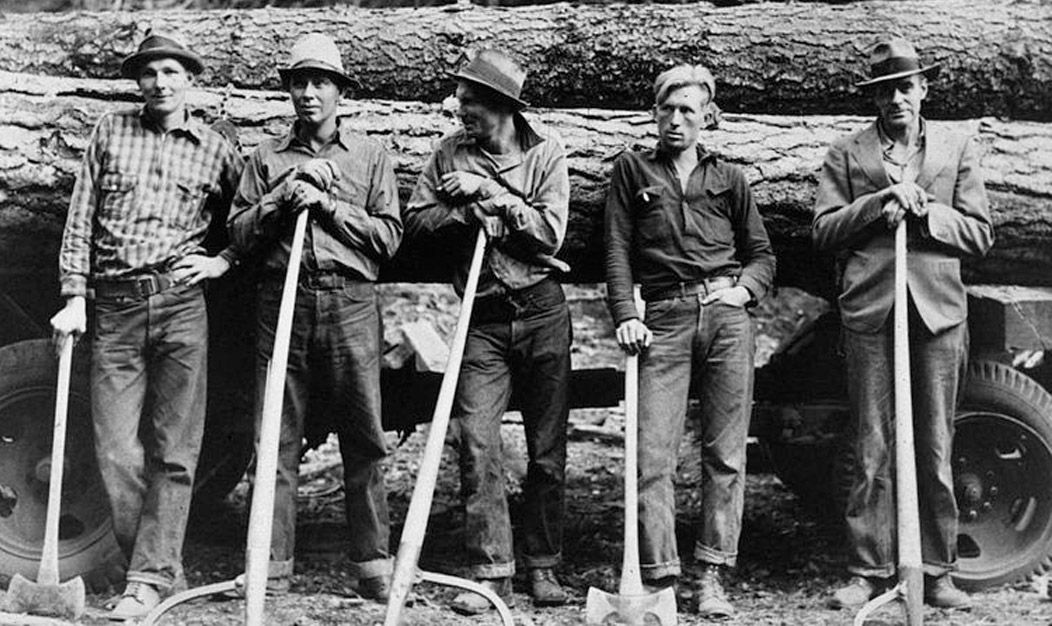 © Dorothea Lange, Library of Congress Getty Images
© Dorothea Lange, Library of Congress Getty Images
The Beginning: Levi Strauss and Jacob Davis
The history of blue jeans begins way back in 1873, when Levi Strauss, a German immigrant, and Jacob Davis, a Latvian-born tailor, patented a revolutionary method for making pants more durable. Their idea? To use metal rivets at the points of greatest stress, such as pockets and seams. This innovation gave rise to a sturdy and durable garment that was ideal for the workers of the time – miners, laborers, skyscraper construction workers, as well as cowboys, ranchers, farmers… – who needed nearly indestructible clothing.
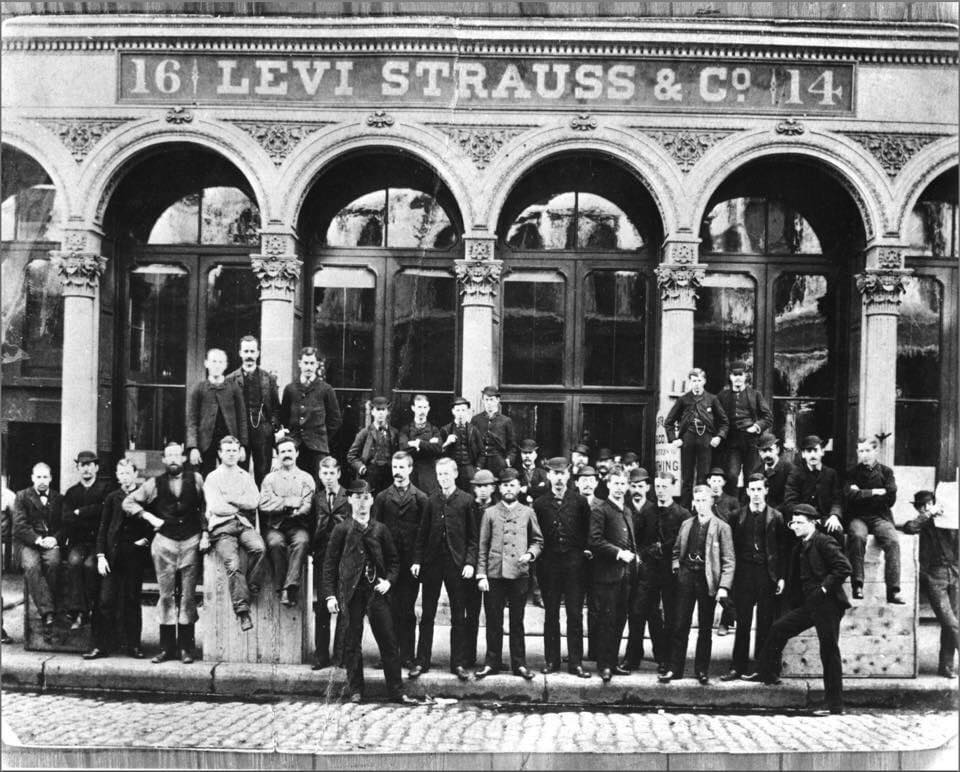 © Camera Press/ED/N/B Contrasto
© Camera Press/ED/N/B Contrasto
The fabric: the birth of denim
Before the garment, of course, a fabric was needed that had what we would now call the “characteristics demanded by the market,” namely strength and flexibility. The fabric that made the creation of blue jeans possible was denim, originally called “serge de Nîmes” which was, in fact produced in Nîmes, France. Its particular weave, combined with the strength of cotton, made it perfect for workwear.
On the other hand, the name “jeans” comes from the city of Genoa, Italy, where a similar fabric was used to make clothing for sailors and protective tarpaulins for goods stored in the harbor.
 © Woodcut from the Nuremberg Chronicle
© Woodcut from the Nuremberg Chronicle 
The evolution: from work garment to emblem of rebellion
As we have seen, initially blue jeans were worn mainly by miners, cowboys and laborers because of their durability and practicality.
During the twentieth century, however, these pants became something quite different. That is, they became an icon of protest and rebellion for the younger generation, a symbol of freedom and nonconformity.
Starting from the 1950s onward, a real contagion, a “jeans fever” so to speak, was unleashed, thanks in part and above all to the protagonists of the star-system of the time. Marlon Brando, James Dean, Elvis Presley and, in general Rock ‘n Roll musicians contributed greatly to the explosion of a phenomenon that went far beyond mere fashion.
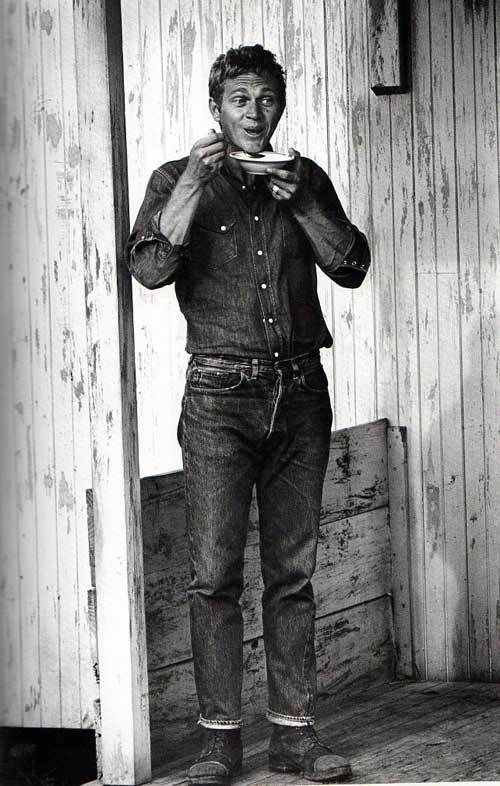 Steve McQueen © Via Neoretro
Steve McQueen © Via Neoretro
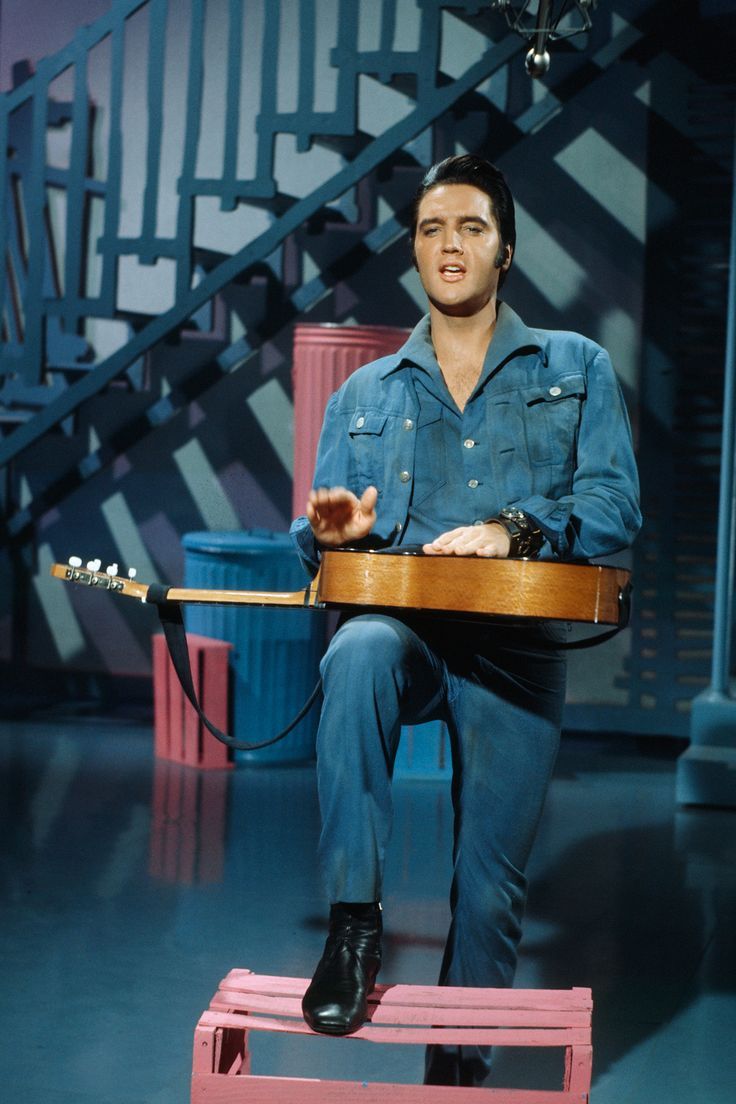
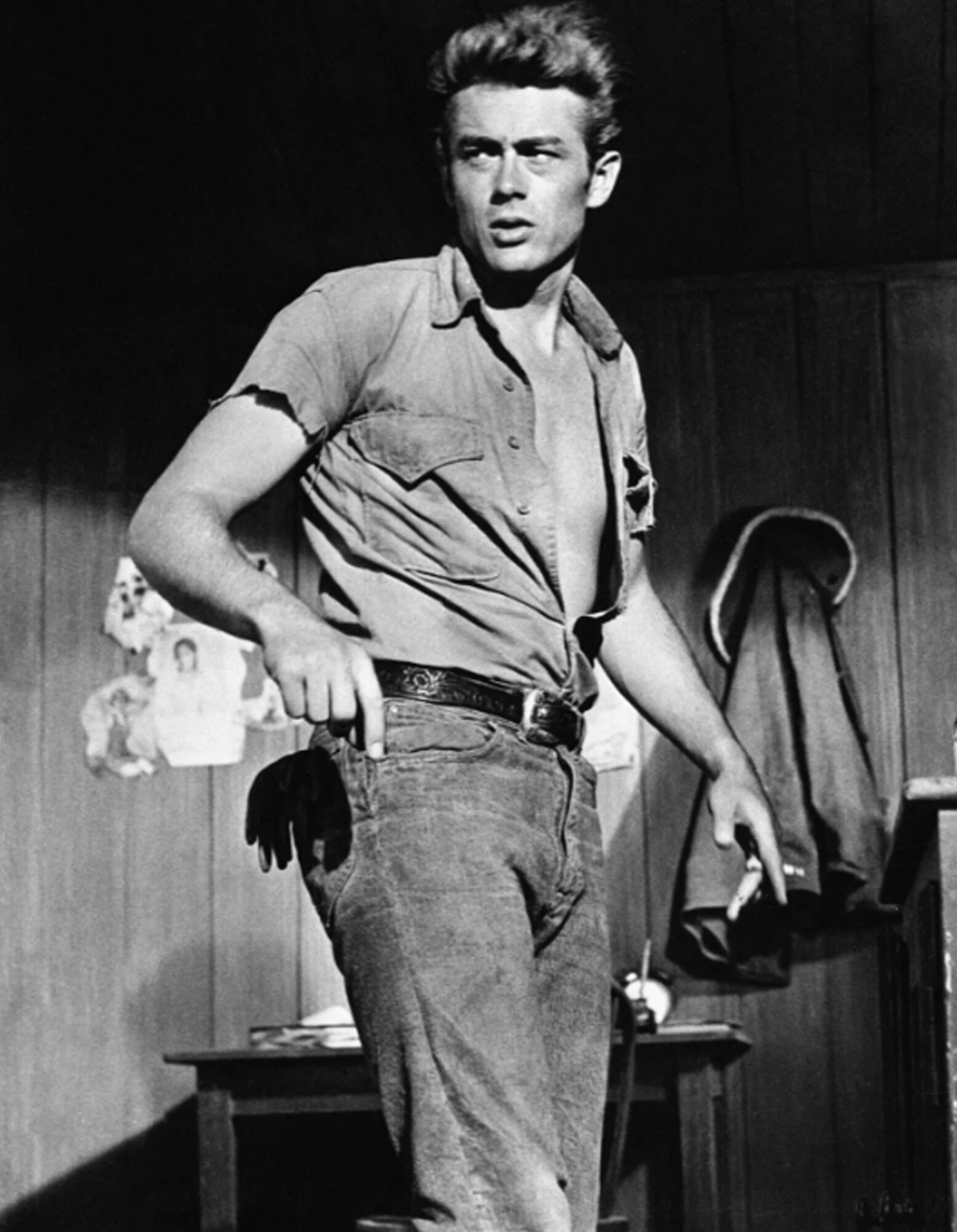
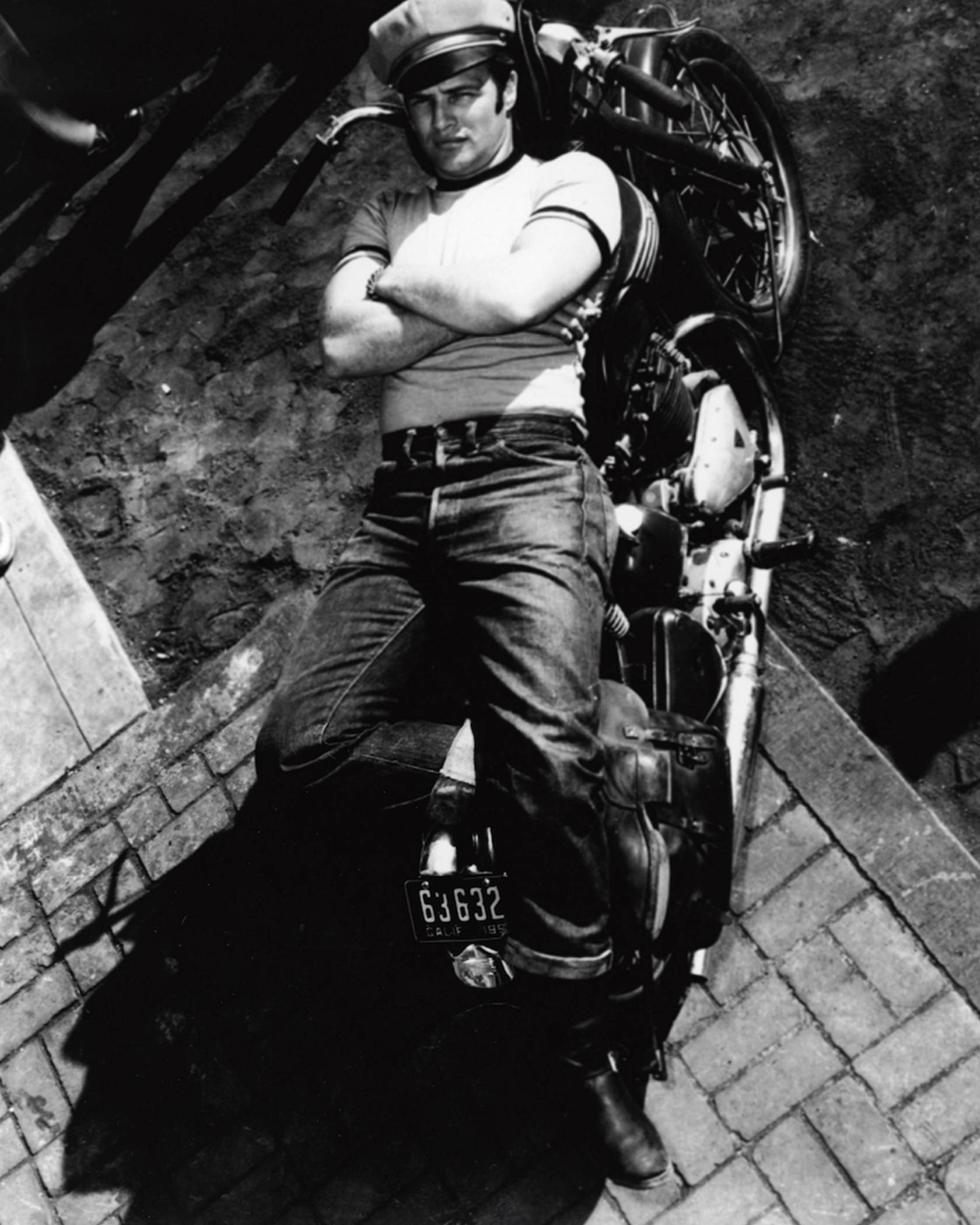 © Elvis Presley
© Elvis Presley
The cultural impact of the Blue Jeans
Over the years, blue jeans have undergone numerous transformations, becoming a key element in the fashion world. World-renowned designers have reinterpreted them, playing with cuts, colors and finishes. Today, blue jeans are not only a symbol of practicality, but also of style and innovation-a true cultural phenomenon. Jeans are, perhaps, the first garment in history that has become a universal language,understood and appreciated all around the world, the perfect garment to accompany the changing of generations as well as adapting to all ages: putting on a pair of jeans is already communicating, it is in itself a choice that expresses a way of thinking, a “lifestyle“.
Obviously, having been reabsorbed by the fashion-system, cleared through all circumstances of life and work, and worn by virtually every living being, they have ceased to evoke and symbolize any kind of rebellion.
And yet something of their past, of their “heretical” nature, remains attached to that once rough canvas, which is now increasingly stretchy, comfortable, and creative, and which has really, in some ways, changed the world.
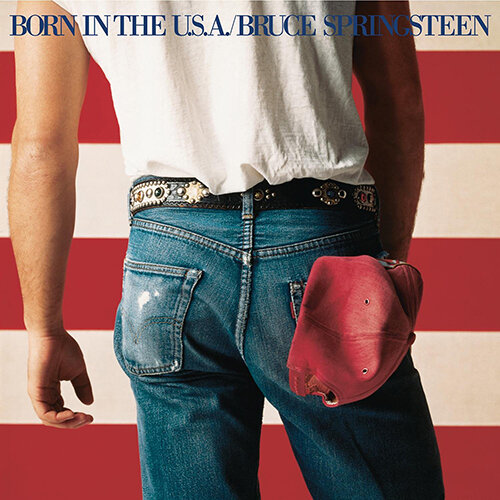
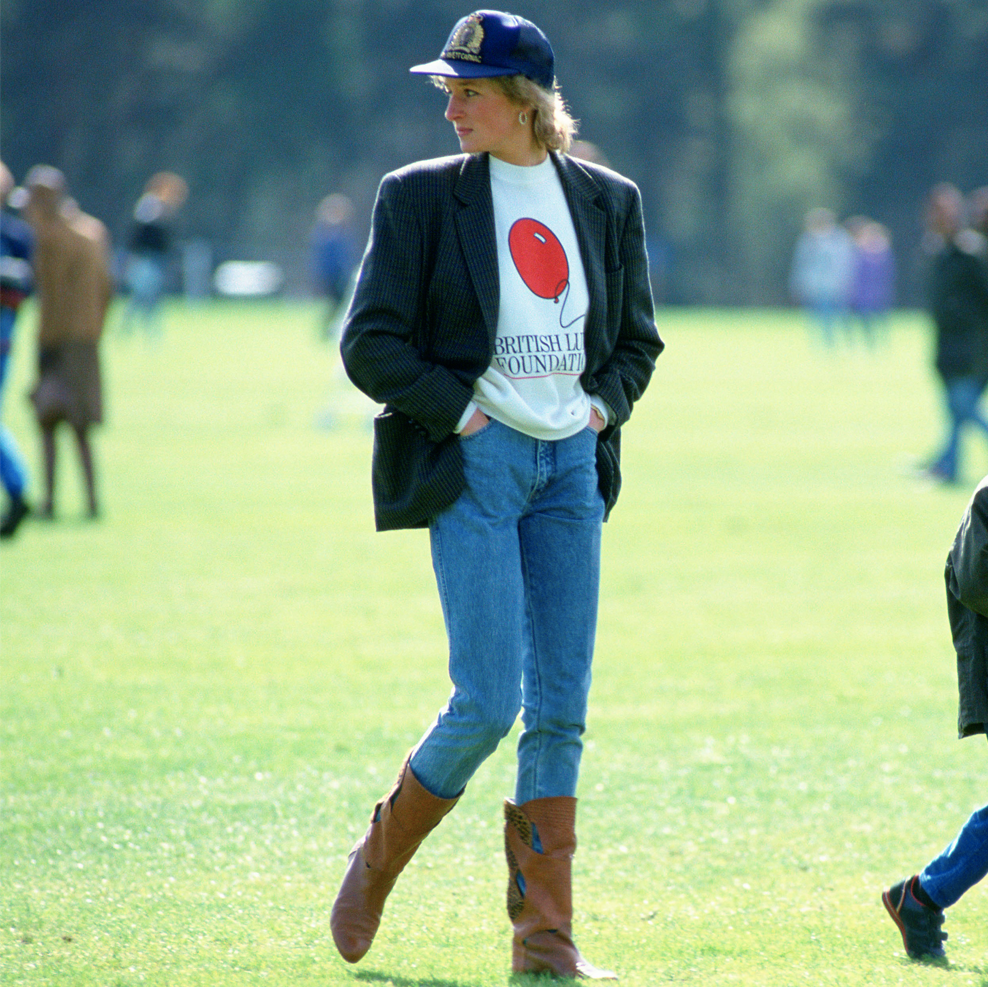
 Michael J. Fox in Back To The Future (1985)
© Universal Pictures / Getty Images
Michael J. Fox in Back To The Future (1985)
© Universal Pictures / Getty Images

 Justin Timberlake and Britney Spears at the American Music Awards, 2001
© Getty Images
Justin Timberlake and Britney Spears at the American Music Awards, 2001
© Getty Images
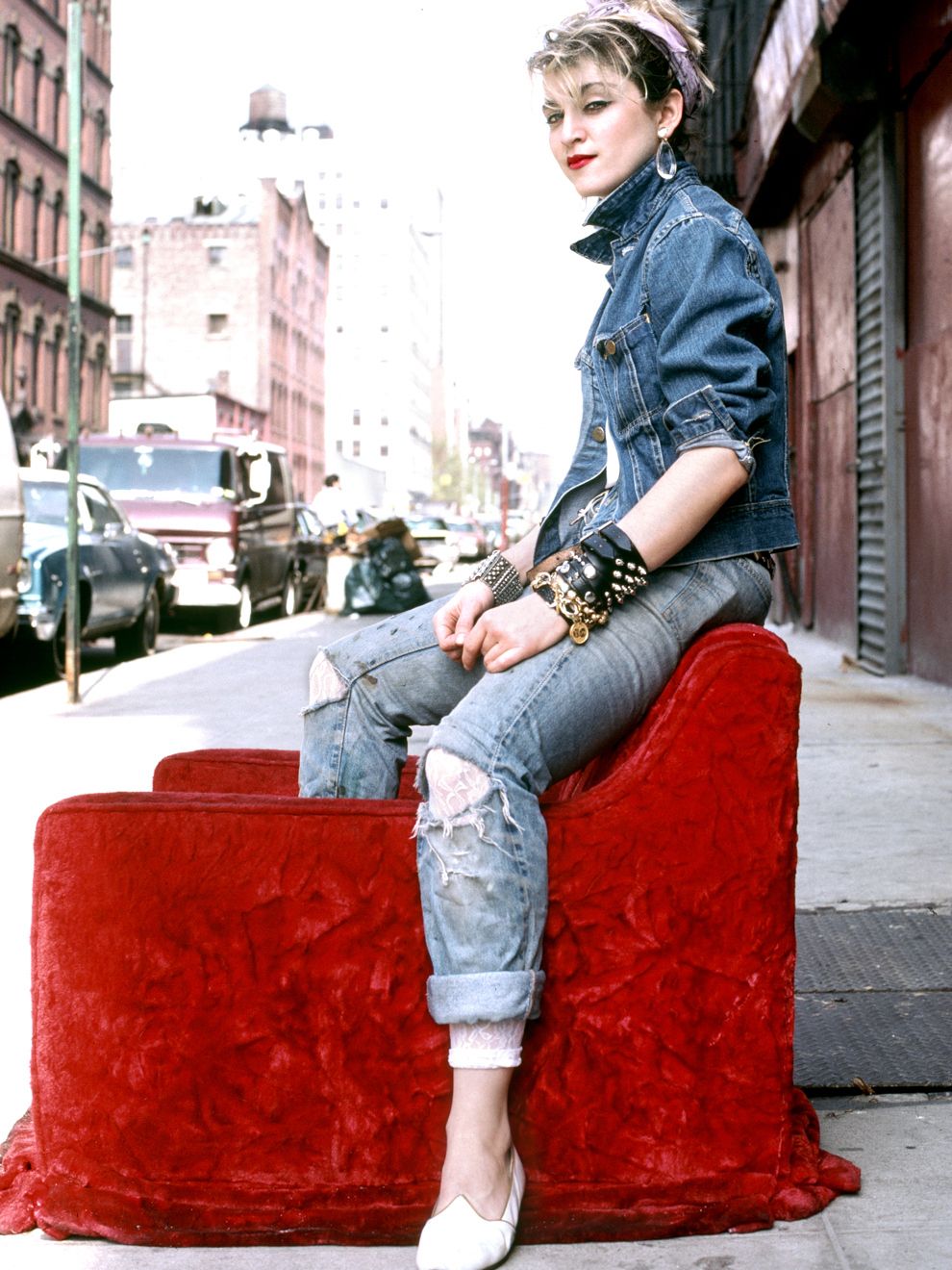 Madonna in the streets of NY
© Richard Corman
Madonna in the streets of NY
© Richard Corman
Condividi l’articolo:




